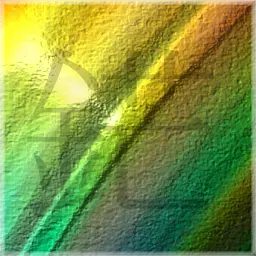
It’s one-sided…
What do you mean?

It has buttons on both sides.

I can’t tell if you’re trolling. But if you aren’t, here’s something cool you might enjoy.
If an object has two sides, you can colour each side a different colour. Think of a dinner plate. That has two sides and an edge that goes all the way around. You could use a marker to colour the front side red, stopping anywhere you hit an edge. Then you could use another marker to colour the back side blue, because the backside wouldn’t be coloured yet.
It sounds like I’m explaining this in a dumb, very obvious way. I am. Not because I think anyone reading this is dumb. But because the shape in the photo does something that is not obvious.
Look at the shape above and imagine it without all the keys sticking out. Imagine it is smooth enough to draw on with a marker. It’s pretty easy to see where any edges are. Imagine colouring one side of the shape red, avoiding where the edge is. If you keep colouring as much as you can, without crossing an edge, once you’re done you’ll find that there’s no place left to colour with the blue marker. You’ll have coloured the whole shape. It only has one side and that one side snakes and twists around to be its own backside as well.
If you’re looking to learn more, the shape is called a Möbius strip.

The shape they chose for the frame is a Möbius strip, which has the primary defining characteristic of having only one side and one edge. If you pick a row of keys to follow, after one loop around, you’ll be on the underside of the frame. Continue to go around another full turn and you’ll be right where you started. So both sides are actually just 1 side that loops around with a half turn of twist. A similar math curiosity would be the klein bottle, which has a single surface.
Adam Savage on Tested nerding out about Möbius strips and klein bottles.

Cute :)

